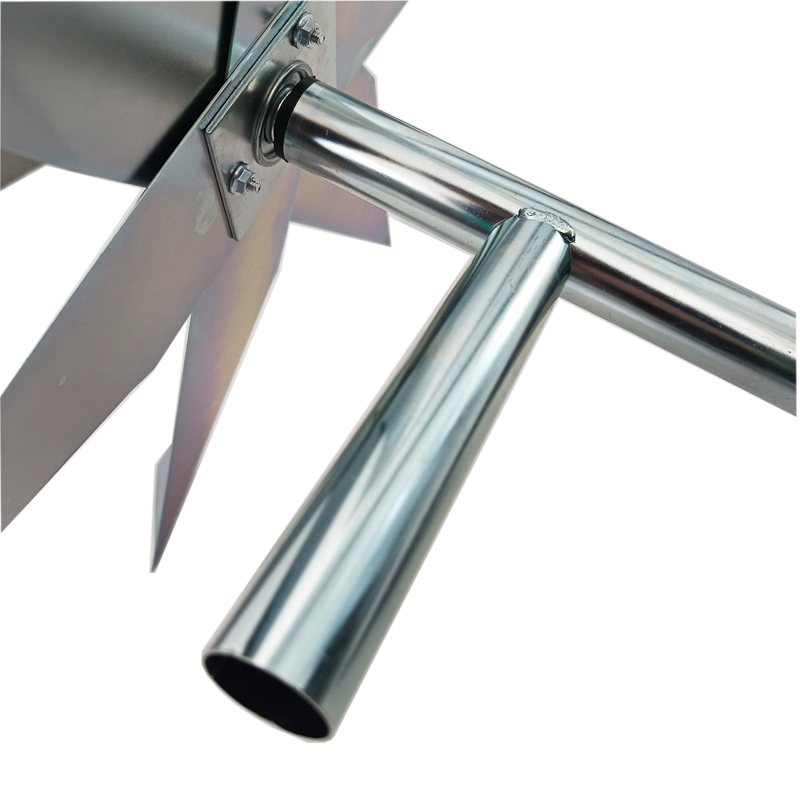Common problems and solutions in metal stamping processing
Metal stamping processing is to use molds to make metal sheets into various plate-like parts and shells, container-like workpieces on a press, or to make pipe fittings into various tubular workpieces.
According to the stamping processing temperature, it is divided into hot stamping and cold stamping. The former is suitable for sheet metal processing with high deformation resistance and poor plasticity; the latter is carried out at room temperature and is a commonly used stamping method for thin plates. It is one of the main methods of metal plastic processing (or pressure processing) and also belongs to material forming engineering technology.
Common problems in metal stamping processing: easy deformation and burrs of precision stamping parts; cracks, warping, surface scratches, corner deformation, etc. of bent parts; flange wrinkles, deep drawing wall wrinkles, deep drawing wall damage, cracks, flanging cracks, and bulging of stretched parts.
The solutions to these common problems are: the mold design should have a reasonable gap value between the convex and concave dies, the radius of the fillet and the processing accuracy. When designing a bending die, effective measures should be taken to reduce springback and the springback amount should be subtracted from the die; reasonable fillets should be designed to prevent bending and cracking. When stretching, a pressure ring should be used to prevent wrinkling, and the pressure should be moderate: appropriate lubrication should be used to reduce stretching resistance to prevent the die from sticking or pulling through the workpiece; professional metal stamping oil that meets the process requirements should be used.
- Xisanli Village,Nanpi County, Cangzhou City, Hebei Province, China


